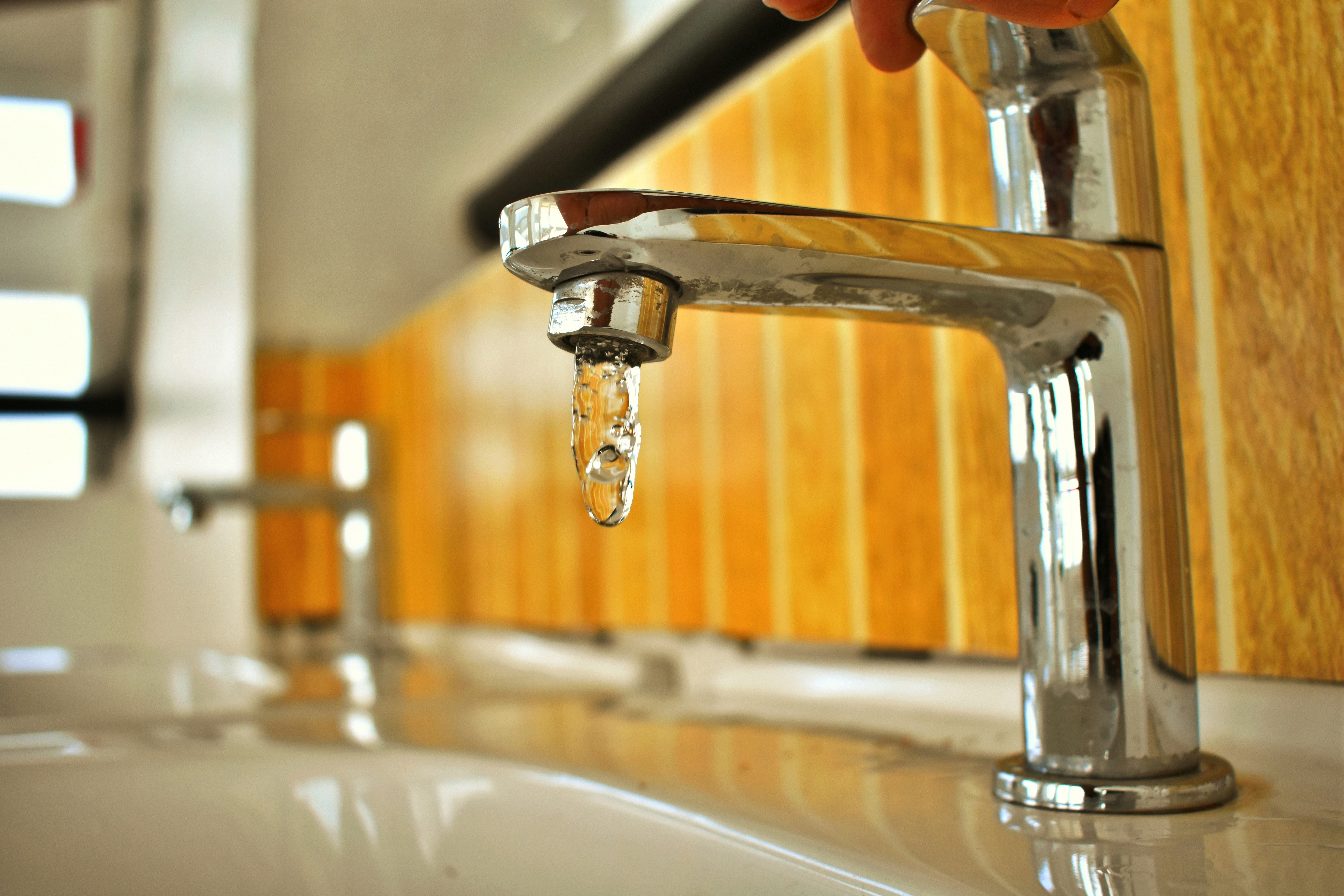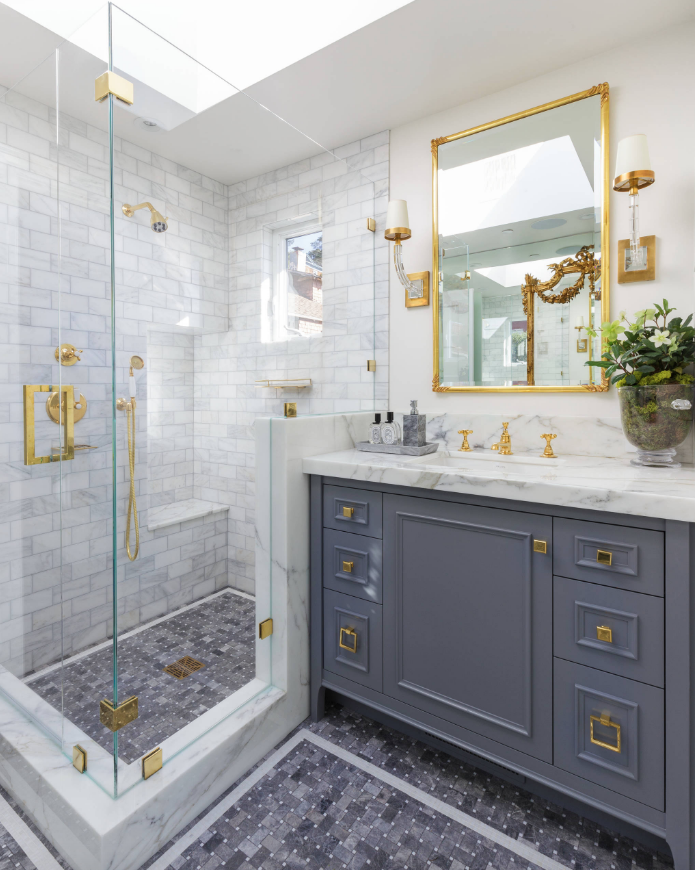We have noticed this post about Tips For Water Leak Detection In Bathroom down the page on the net and thought it made good sense to discuss it with you over here.

Shower room leaks are irritating as they disrupt your day's plan. It is a relief that the majority of washroom leaks are easy to repair and identify, with minimal price effects.
Having a water leak in shower room can be difficult to the home owner. The short article offers as a "initial help" when you need an emergency situation feedback to a water leakage in bathroom.
Detection and also Repair of Water Leak in Shower Room
Water leak in shower room frequently results from plumbing and pipe faults. You may require a standard expertise of these leakage types to spot the water leak in washroom.
Clogged Shower Room Sinks
Sometimes, the water leak in washroom arises from sink obstructions. This is commonly a hassle to home owners and also may be unpleasant. Blockages might result from the build-up of soap residue, hair particles, or particles that obstruct the drainpipe. It is simple to handle obstructions, as well as you may not need specialist skills.
What to Do
You can utilize a drain serpent to eliminate the particles in the drain as well as allow the stationary water circulation. Drain cleaners are also offered in stores and are easy to use. A plunger is also practical in removing your drain. It is a typical home tool and also is available in useful in removing irritating obstructions in sinks and also drains.
Commode Leaks
Often, water leakages from the commode and pools around the commode base. It is an eye sore in the restroom as well as requires prompt focus. Occasionally, it results from a loosened link in between the bathroom and the tank. This causes water to leak from the cistern to the floor. It may likewise arise from cracks in the toilet bowl or a malfunctioning shut-off valve.
What to Do
If there are loose screws in between the cistern as well as commode, you just need to tighten them. Occasionally you might need to reapply wax on the gasket or contact a washroom leakage expert to replace broken or worn parts.
Sprinkle Leaks
These usually result from water spilling on the bathroom flooring from the bathtub. It issues of using a bad shower curtain or worn bathtub lining. It damages the restroom flooring as well as may cause rot to wooden floors as well as restroom doors. The water typically pools around the tub or shower. This might cause even worse restroom damages without punctual handling.
What to Do
This shower room leak is the easiest to deal with. You just need to change the curtains or recaulk the bathtub or shower. You might need to alter these to protect against further damages if the leak has actually damaged the washroom flooring or door. The good news is that you can include a pipes professional to aid with the washroom repair work.
Conclusion
Water leakages in the restroom are preventable events in the house. When they do, repair them immediately, or engage the services of a specialist.
The post offers as a "initial help" when you need an emergency action to a water leakage in washroom.
Water leakage in bathroom commonly results from plumbing and pipe faults. You might require a standard understanding of these leakage types to identify the water leakage in bathroom. Sometimes, the water leakage in washroom results from sink clogs. It harms the washroom floor and might trigger rot to wood floors and restroom doors.
Signs That You Have a Water Leak in Your Bathroom
Puddles and Damp Patches
Water that’s appearing unexpectedly is a bad sign. If you’ve not taken a bath or shower, yet water’s still on the floors, then you’ve sprung a leak.
Keep an eye out for puddles on the floor, around the base of your shower, and/or in the cabinets of your bathroom. That water’s coming from somewhere!
The same goes for dampness in the room. Damp patches (however big or small) that appear anywhere from the floor to the ceiling is another sign of a leak.
Mold
Mold isn’t uncommon in bathrooms.
It’s found in damp and humid conditions, making a bathroom prime territory for mold to form. This is true in and around areas like the shower.
Confusingly, though, mold can also be a signal of a leak. Remember the damp patches we mentioned above? Well, it’s only a matter of time before mold grows on them.
Note any mold that’s started to form in ‘unexpected’ places. Pay close attention to mold in areas that should, in theory, remain dry.
Peeling Wallpaper
You may or may not have wallpaper in your bathroom.
If you don’t, then skip this one. However, for those that do, read on!
Essentially, any damp that’s present beneath a layer of wallpaper will cause it to peel away from the wall. Sure, this happens in time anyway, as the adhesive fails.
But don’t let that fact dissuade you from suspecting a leak. A well-wallpapered bathroom won’t peel unless there’s a problem.
Tiling Issues
On the subject of things coming off walls, pay attention to your bathroom tiles.
Never ignore them when they’re broken or loose, or have damaged caulking between them. These can let water trickle through and impact the materials beneath in what’s called a ‘tile leak’.
Bad tile leaks can be expensive to repair. If you’re lucky, you can get away with just replacing the tiles and grout/caulk. Sometimes, though, you’ll need a brand new backing.
The basic message here is to regularly check the tiles in your bathroom for damage, wear and tear! Call a professional for support at the first sign of trouble.
Strange Noises
Nothing sends terror through the hearts of a homeowner like the sound of dripping water in the walls! Any obvious water sounds must be addressed as soon as possible. You’ve sprung a leak which could be causing untold damage to the property.
Keep an ear out for more subtle and unrecognizable sounds too. For instance, a high-pitched hissing noise in the walls can come from a pipe that’s developed a slight crack.
Call the professionals whenever you notice watery noises persisting in the absence of bathroom appliances being used.
Strange Smells
As we’ve seen, leaks often cause damp, mold and mildew to develop in your bathroom.
However, you might notice a strange smell before these key visual clues emerge.
Think about the last time you went down into an old basement. The dank and earthy odor in the room is like what you can find in a bathroom with a leak. Unfortunately, many homeowners don’t understand what they’re smelling!
They might buy a new air freshener to remove the smell, without addressing the actual cause. It would be like spraying deodorant on your clothes instead of putting them through the wash! The smell improves, but the leak is allowed to get worse.
https://www.plumbtimesc.com/7-signs-that-you-have-a-water-leak-in-your-bathroom/

Do you appreciate more info about How to Detect and Fix a Bathroom Leak? Put feedback down the page. We will be delighted to see your ideas about this review. Hoping to see you back again later on. Sharing is good. Who knows, you might be helping someone out. I cherish reading our article about How to Detect and Fix a Bathroom Leak.
Find Out More
Comments on “Bath Water Leaks: Exploring Detection and Solving Approaches”